
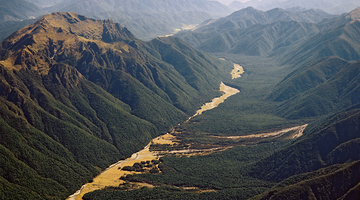
Shaky New Zealand About 14,000 earthquakes are recorded in and around New Zealand every year. Fortunately, most of them are too small for us to feel at the surface. However, many of us have felt ...
READ MORE
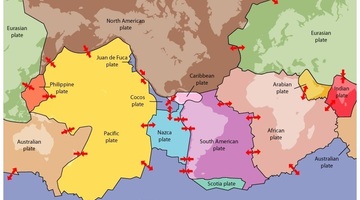
We can blame plate tectonics for many catastrophes over time – earthquakes, volcanoes, geothermal activity, tsunamis and landslides – while people living on mountain ranges or small islands can ...
READ MORE

Usually we know that earthquakes have occurred by shaking of the ground and objects, obvious ground movement or by seismometer readings but scientists have discovered to their surprise that large ...
READ MORE
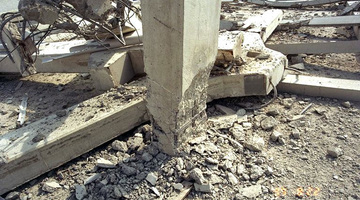
In this activity, students take on the roles of seismologists and vulcanologists, using maps to look for patterns in the worldwide distribution of earthquakes and volcanoes. By the end of this ...
READ MORE
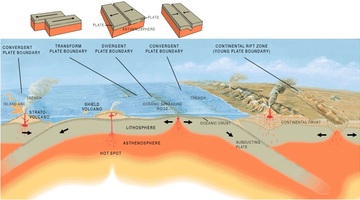
In this activity, students take on the roles of seismologists, vulcanologists and geographers, using maps to look for patterns in the worldwide distribution of earthquakes, volcanoes and ...
READ MORE
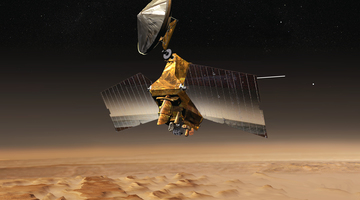
The Planet Four online citizen science project is designed to assist planetary scientists to identify and measure features on the surface of Mars that don’t exist on Earth. Help is needed to ...
READ MORE

About 14,000 earthquakes are recorded in and around Aotearoa New Zealand every year. Canterbury’s 7.1 and Kaikōura's 7.8 magnitude earthquakes and subsequent aftershocks show the constant threat ...
READ MORE
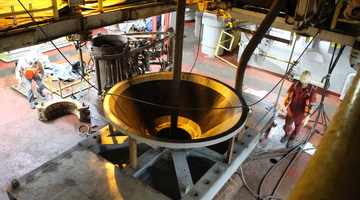
In this recorded professional learning session, Lyn Rogers and guest Aliki Weststrate from GNS Science explore some of the science involved in building our understandings of natural hazards ...
READ MORE
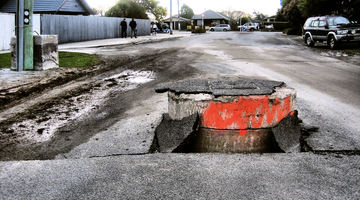
This online PD session, recorded on 18 February 2015, focuses on using Science Learning Hub earthquake resources to plan an Earth and Space science unit. It models how a variety of resources can ...
READ MORE
Slow slips are silent earthquakes that occur below the Earth’s surface over a large area, unlike traditional earthquakes we feel that occur in a relatively small region. Before discovering slow ...
READ MORE
Chris Gannon and John Meyer from Robinson Seismic explain how the Ro-Glider works. Lead rubber bearings aren’t suitable for light structures, so Robinson Seismic has developed the Ro-Glider to ...
READ MORE
Professor Richard Price describes the theory of plate tectonics. He talks about the history of the ideas that make up the theory and describes how these ideas relate to volcanology.
READ MORE
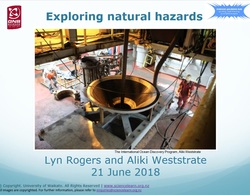
This is the slideshow that supports the Exploring natural hazards PLD webinar. Use the Slideshow menu for further options, including view full screen, and go here for the download option.
READ MORE
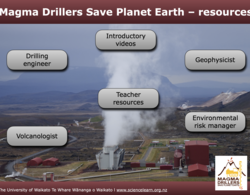
This interactive introduces and houses resources developed by Magma Drillers Save Planet Earth – a University of Canterbury project funded by Curious Minds. Select here to view the full ...
READ MORE
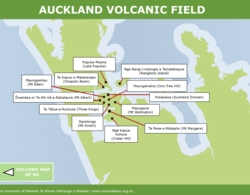
The Auckland Volcanic Field covers around 360 square kilometres under Auckland city. It includes 49 separate volcanoes, each of which is considered extinct. However the field as a whole remains ...
READ MORE